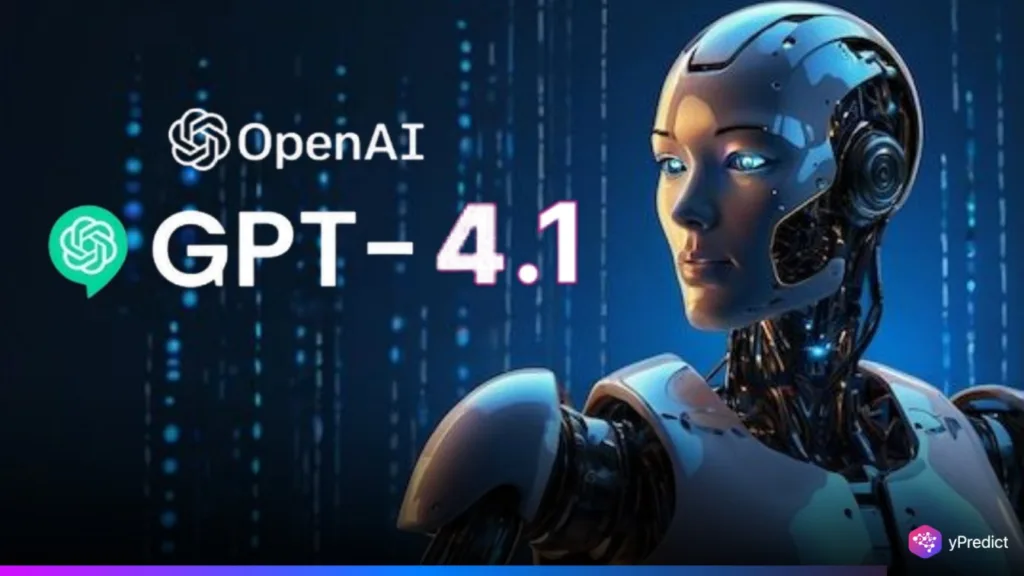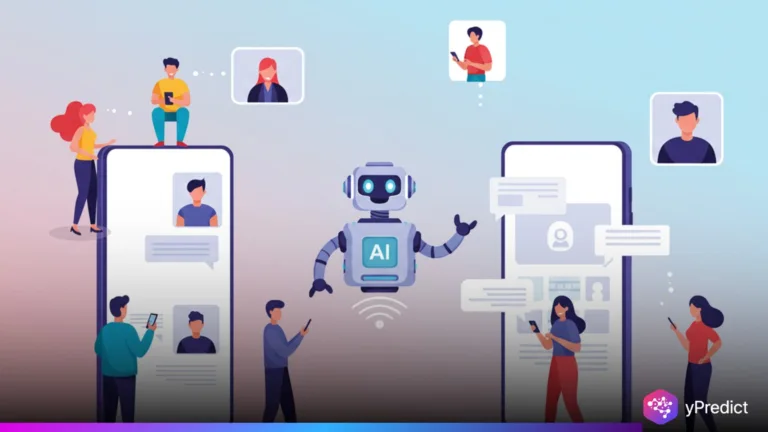
OpenAI has added its latest AI models, GPT-4.1 and GPT-4.1 Mini, to the ChatGPT platform, improving its performance in coding, reasoning, and complex instruction execution. These enhancements provide faster, more accurate answers while preserving strong safety safeguards. This release is a significant step towards making generative AI more accessible and capable across all user levels.
Why GPT-4.1 Matters: Performance and Productivity Gains
OpenAI has expanded access to GPT-4.1 and GPT-4.1 Mini across all ChatGPT tiers, including free accounts. Previously limited to API use, the models are now available to Plus, Pro, and Team subscribers as of May 14, with Enterprise and Education rollout coming soon. GPT-4.1 Mini, which has replaced GPT-4o Mini, is currently the default model for free users.
OpenAI announced the news on Wednesday in their official X post. They stated,
By popular request, GPT-4.1 will be available directly in ChatGPT starting today. GPT-4.1 is a specialized model that excels at coding tasks & instruction following. Because it’s faster, it’s a great alternative to OpenAI o3 & o4-mini for everyday coding needs.
The release of GPT-4.1 represents a significant advancement in OpenAI’s model lineup. With significant improvements in real-world performance, GPT-4.1 beats previous editions like GPT-4o and GPT-4.5. In benchmark testing, it improved by 21.4 points on SWE-bench Verified, a strict criterion for software engineering tasks, and scored 10.5 points higher in instruction-following on Scale AI’s MultiChallenge benchmark. These enhancements make GPT-4.1 particularly useful for technical workers working in coding, debugging, and task automation.
One of the most significant changes is the model’s capacity to provide shorter replies. According to OpenAI, GPT-4.1 decreases verbosity by up to 50%, responding to user feedback from developers and knowledge workers who prioritise efficiency and clarity in AI-generated content.
In addition to performance enhancements, the model now supports a significantly larger context window of up to 1 million tokens. This allows users to process and engage with extremely lengthy documents or dialogues, enabling more complex and sustained interactions within a single session. For comparison, this capacity equates to roughly 3,000 pages of text.
GPT-4.1 Mini Makes Smart AI Accessible to All
OpenAI has released GPT-4.1 Mini, a smaller but more capable device that improves on its predecessor, GPT-4o Mini. Although lighter than the full GPT-4.1, it performs better in code generation, instruction comprehension, and everyday responsiveness.
GPT-4.1 Mini has replaced GPT-4o Mini for free-tier customers and will become the new default when GPT-4o usage limits are met. This upgrade offers a more dependable and intelligent experience at no cost, without sacrificing security or quality.
By making this updated model widely available, OpenAI maintains its objective to make advanced AI more accessible, providing users ranging from students to professionals with a better, faster tool for daily activities.
Conclusion
OpenAI’s choice to deploy GPT-4.1 without a formal safety report drew criticism from researchers concerned about transparency. In response, OpenAI stated that GPT-4.1 is not a frontier model and hence does not meet the requirement for obligatory safety disclosures. Nevertheless, the business guarantees users that GPT-4.1 meets the same safety criteria as GPT-4o.
According to Johannes Heidecke, OpenAI’s Head of Safety Systems, internal evaluations show that the new model performs on par with its predecessor in safety benchmarks, indicating that performance improvements have not come at the expense of user safety.
Nevertheless, with the wider release of GPT-4.1 and GPT-4.1 Mini, OpenAI hopes to optimise user processes, increase productivity, and provide more advanced tools for software creation and complicated issue solving, all while prioritising safety and accessibility.






